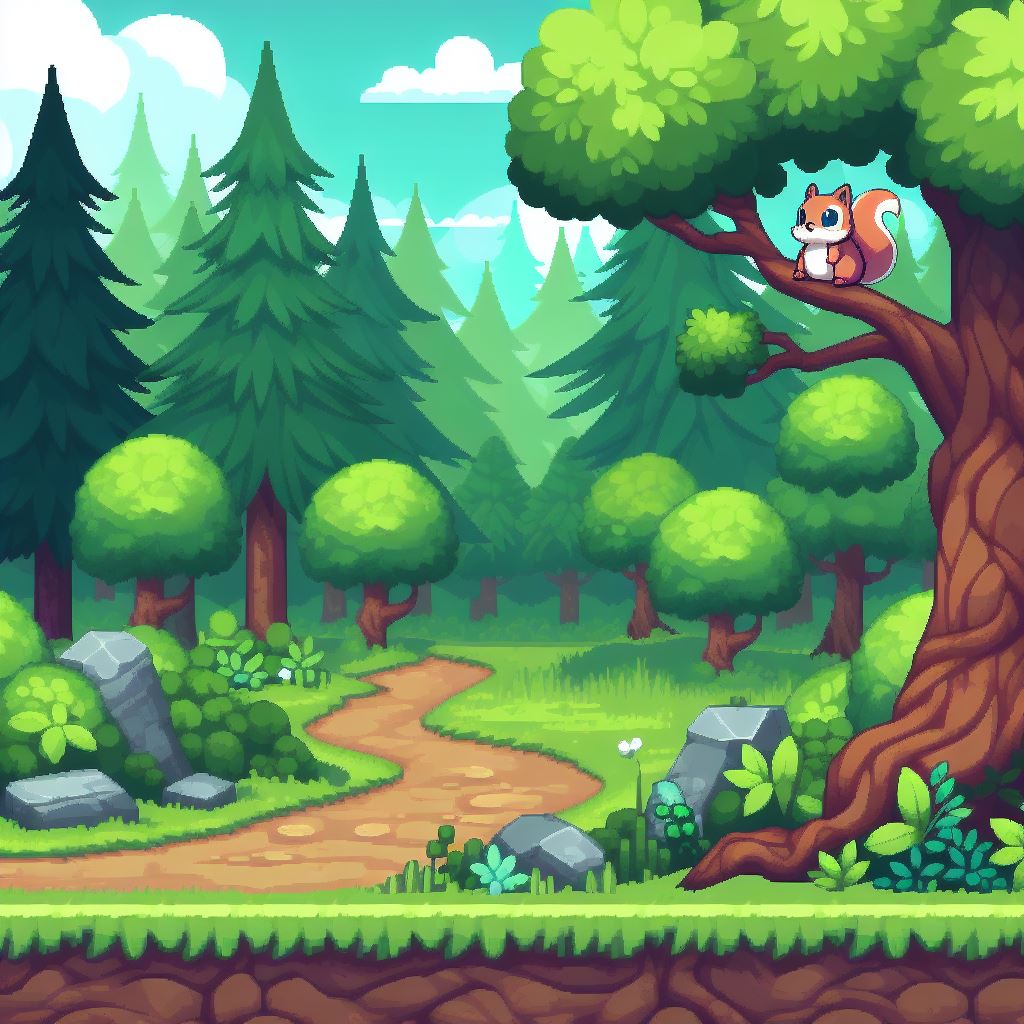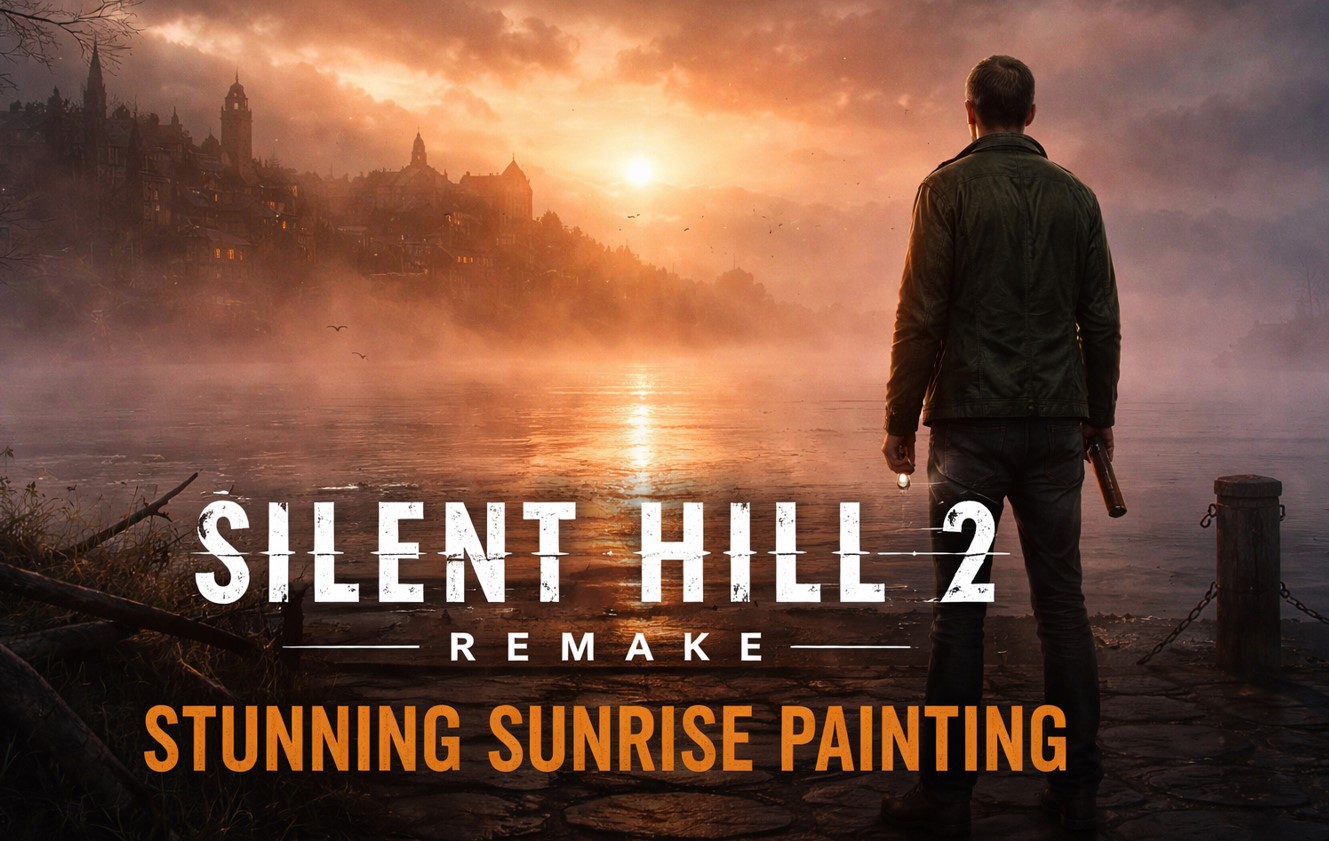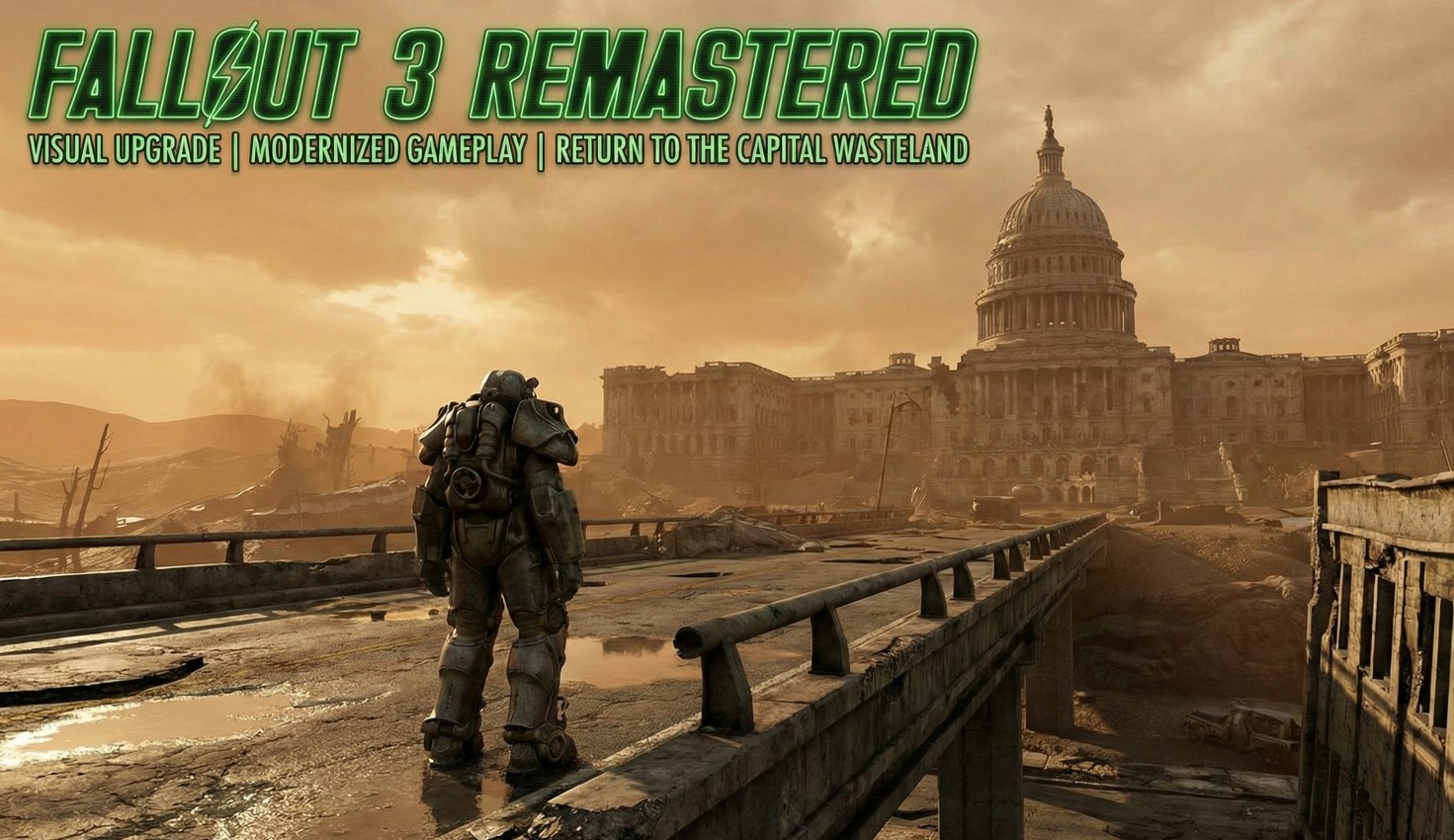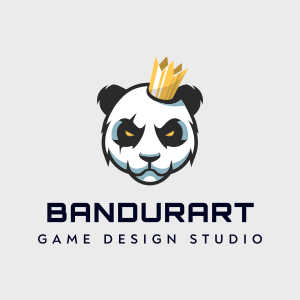The Importance of 2D Game Background Development
When you begin your career as a game developer, especially in game design and art, you ought to start with baby steps. Before creating realistic 3D images and assets, most beginners start with more basic tutorials – for example, 2D game background development.
Creating a 2D game forest background or an exciting 2D city game background requires artistic skill that can greatly affect how appealing the overall design of a game appears to players. This article is written by the BandurArt team to assist young developers in understanding the complexities associated with designing backgrounds for their games. We are going to share useful knowledge and suggestions that will enhance the visual narrative aspects of their work.
How Skillfully 2D Game Background Images Can Impact The Immersive Factors?
When an artist creates video game backgrounds it turns out to be very important for making a game more absorbing. A good game background in 2D can take players to amazing worlds, make them feel different emotions, and prepare them for exciting adventures. From the lively plants in a 2D forest game background to the busy streets of city life seen in 2D games, these pictures are crucial in bringing players into the gaming environment.
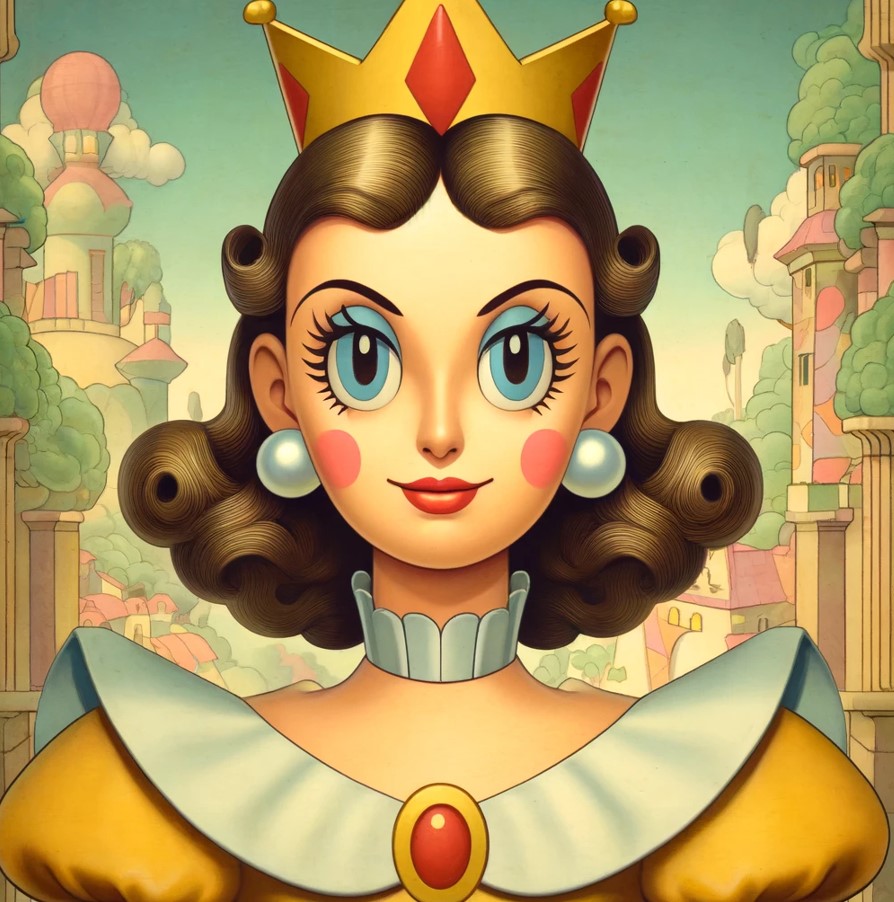
The reason why 2D game backgrounds are essential is not just about looks. They make playing better by adding meaning and dimension, helping players to explore and understand the game world better. A 2D video game background that is dark can create a thrilling mood, while a light and colorful 2D video game sky background may evoke feelings of curiosity and adventure for instance.
2D game backgrounds can be different in style and function. Static ones stay in place, normally found in less complex games to provide a constant background that doesn’t interfere with the gameplay. Parallax is a method where layers move at varying speeds compared to the player’s actions, giving an extra feeling of depth and engagement. Animated backgrounds take it to another level. They include moving elements that make the scene lively, like rustling leaves in a jungle or sparkling stars in a 2D game space background.
The implementation of 2D background assets in your game can be done in many ways.
Hand-drawn artwork gives a special and individual feeling, enabling creators to put complex details into their works and create unique styles that make games different from each other.
On the opposite side, pixel art is good for old-fashioned or styled games, giving them an old-timey look that can be cute and charming at the same time.
In a situation where making assets from nothing is not possible, developers have the option to use pre-made assets. This can help them save time and resources without compromising the quality of their work.
For example, 2D games that are well-liked such as “Hollow Knight” and “Celeste” show good use of 2D backgrounds to improve the play experience.
On one hand, “Hollow Knight” uses detailed and complex 2D background pictures to construct its gloomy, enigmatic world. On the other hand, “Celeste” uses lively and active 2D-pixel background images as a representation of its main character’s emotional trip. These instances demonstrate how the use of 2D game backgrounds can create lasting memories in gaming experiences.
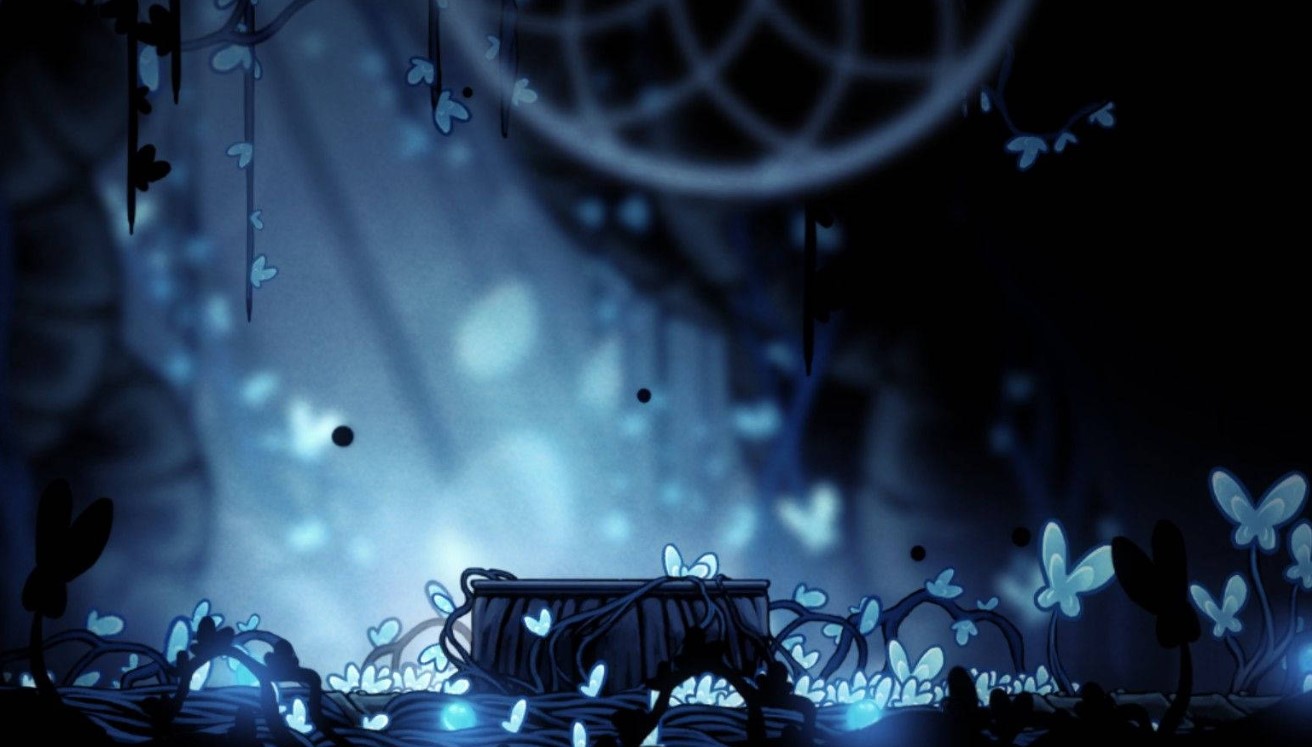
This is the same approach we follow at the BandurArt team when creating new concept art as a part of our game illustration projects. We get inspiration from the examples mentioned above and many other titles. We advise new artists to watch the tutorials, visit meetups, and take part in any free webinars dedicated to the creation of the background for a 2D game.
In game development, good 2D background assets are very important. They add a lot to the visual style and deep involvement of a game. Whether it is a carefully made 2D game background portrait or a bright 2D game jungle background, their quality can shape how players see and feel about the whole experience.
The Key Principles of 2D Game Background Design
A good 2D game background not only matches with gameplay but also strengthens the theme and art style of the game. But to fulfill this purpose they should follow the key principles of 2D game background design.
Composition
Composition is the basic part of every good background design. It’s about organizing visual factors in a manner that steers the player’s attention and forms an orderly scene. Important methods involve putting leading lines to guide the viewer’s look, balancing elements for stability, and framing main action spots to center on crucial game aspects. For example, in a 2D top-down game background, one way to guide players towards objectives is by incorporating roads or pathways.

Color Theory
Color theory is very important for creating the right mood and environment in the game. Different colors can make people feel certain ways and represent various times of day or weather conditions. Warm colors such as reds and oranges might give off a feeling of urgency or heat while cool ones like blues and greens could suggest calmness or secretiveness. Keeping the same color combinations assists in preserving visual unity within the game. A jungle background for a 2D game could have abundant greens and earthy browns, showing an energetic natural setting.
Depth and False 3D Vibes
Making a 2D background image appear more dynamic and immersive includes the task of creating depth. For instance, techniques like parallax scrolling add layers of depth by shifting background elements at varying speeds according to how fast the player is moving. This gives an illusion of “three-dimensionality” and makes the game world seem larger.
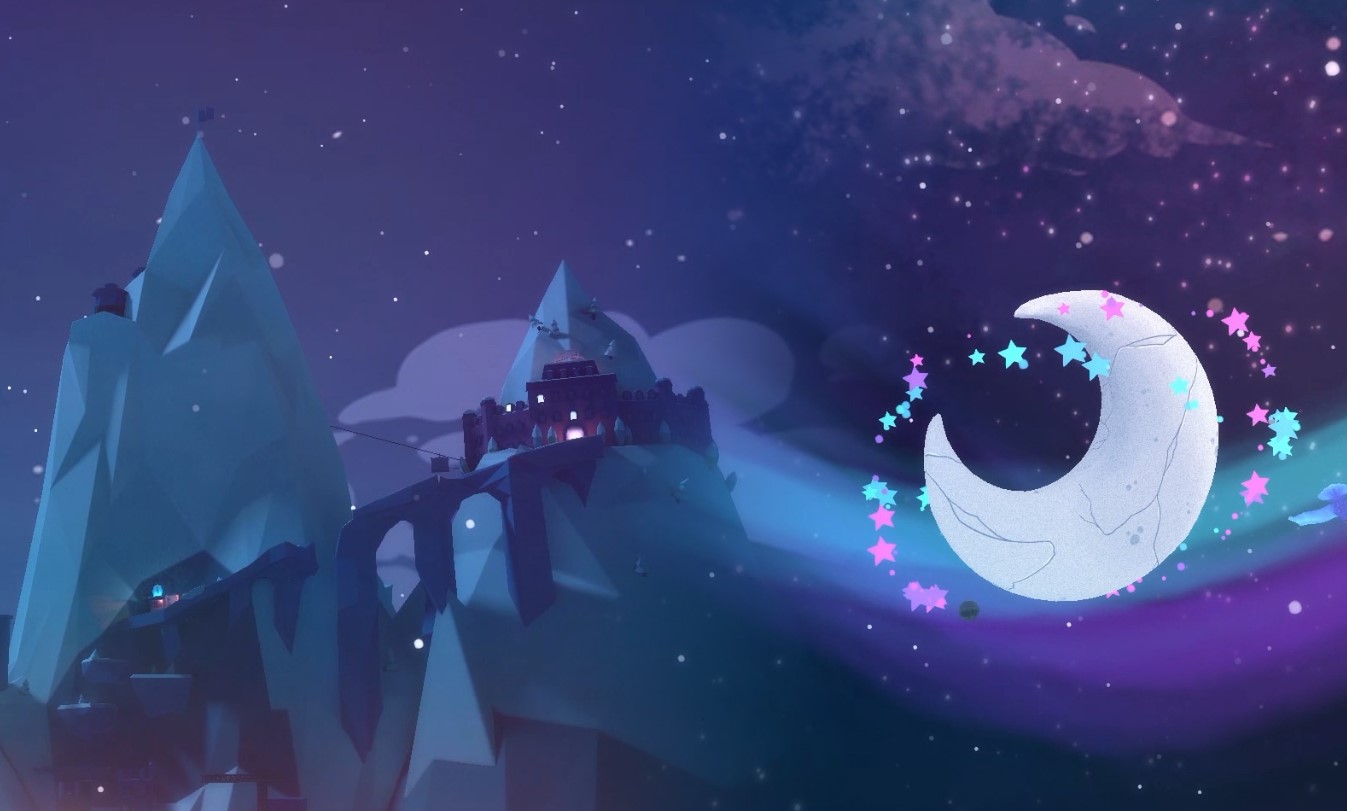
Also, a technique called atmospheric perspective can increase the depth by making faraway items in a blur and less detailed.
Iteration and Playtesting
Iteration and playtesting are key elements in the process of making light or dark 2D game backgrounds. At first, designs may require changes due to feedback or functional gameplay concerns. Checking the backgrounds in the game setting is necessary to confirm they don’t interfere with playing or conflict visually with other parts of a game scene. The player’s feedback is also crucial in understanding how the backgrounds enhance the experience.
If developers follow these rules and methods, they can make 2D game backgrounds that are not just attractive to look at but also immerse the player into the game environment.
Is Unity the Best Engine for 2D Background Development?
Many apprentices and young artists we meet during such events always ask the same question – is Unity a good engine to start working at the game background for 2D games and 3D titles? And we always answer that Unity is an awesome platform with multiple tools for new artists and game developers.
Unity has many features and a simple surface making it a great choice for those game developers who want to design impressive 2D game art backgrounds. If you are building for a 2D platform game background or an intricate forest scene in your 2D game, Unity’s instruments and flexibility will help realize your plans.
How To Build a 2D Game Background With Unity – Basic Steps
1) First, bring your 2D game background assets into Unity by dragging them to the project window. It can handle different types of files like PNG that keeps good quality pictures.
2) When your 2D background assets are already imported, you can put them into separate layers. This is very important for creating depth and realism in the scene. You could pile up backgrounds, midgrounds, and foregrounds correctly with Unity’s sorting layers and order in layer functions to manage how these layers are shown on screen – in such a way they become arranged as per your intended visual hierarchy.
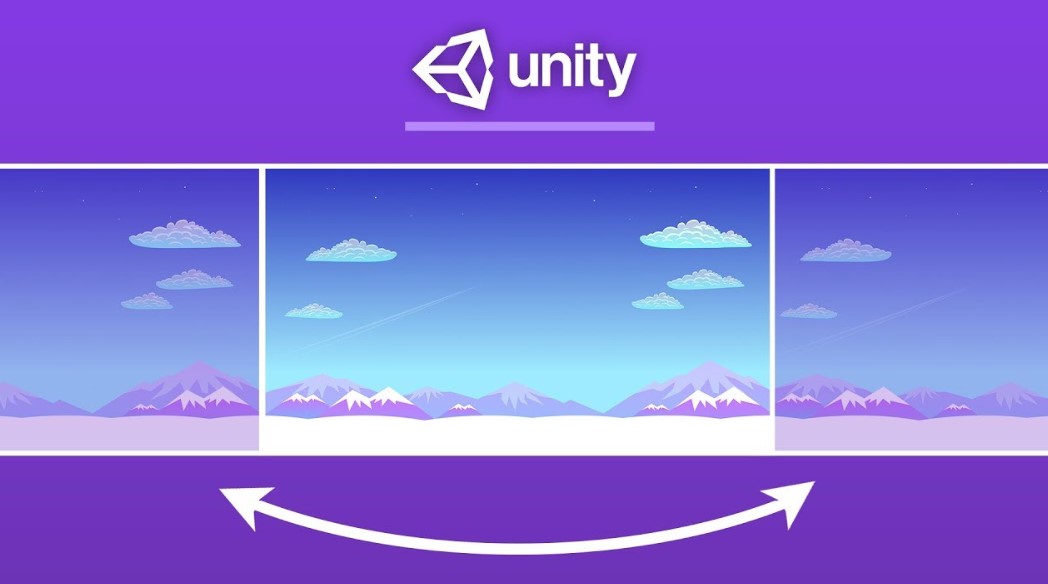
3) Unity’s ability to animate backgrounds can enhance the feeling of immersion. You may wish to animate a 2D game sky background with floating clouds, or an outer space background with shimmering stars for your 2D game. Unity provides a simple method for building these types of animations using its Animator and Animation tools. Just make an animation clip, choose keyframes for the properties you want to animate, and then put this animation on your background layers.
Premium Unity subscription also includes useful components such as:
- The Tilemap system that makes it easier to produce big, grid-style backgrounds;
- 2D Sprite Shape tool which helps in making flexible and dynamic 2D sprite game background designs;
- Use the Pixel Perfect Camera component to keep your 2D-pixel backgrounds sharp and understandable when seen at various screen sizes;
- Also, use lighting and post-processing effects in moderation to improve the visual aspect without affecting performance;
To make your 2D background on Unity better in performance and look, follow these tips. Combine different sprites into one texture using sprite atlases to lower draw calls and improve the system’s working.
The most important advice – never stop learning! There are hundreds of video tutorials on YouTube, like this one, that can help you create awesome Unity 2D background images.
About Free and Licensed 2D Game Background Assets
For every asset, know the conditions related to it. When you create something for a commercial project and use licensed or royalty-free items, make sure those assets are authorized for commercial purposes.
Also, confirm if there is any need to give credit when using these assets in your work. Usually, the assets without royalties have fewer restrictions but it’s important to read their licensing agreement so as not to face legal problems.
Using top-notch assets, either made or bought, is crucial for creating visually stunning with a very attractive 2D game background design. When developers utilize these resources and follow the rules of licensing, they can improve their projects significantly and make the gaming experiences more engaging.
Frequently Asked Questions About 2D Game Backgrounds
- What software or tools are commonly used for creating 2D game background images?
Developers usually rely on a variety of software tools to create 2D game backgrounds. Adobe Photoshop is one such popular choice because it provides strong features for painting and image editing.
For those who work mainly with pixel art, Aseprite gives them a special environment to make detailed and animated pixel 2D game backgrounds.
Clip Studio Paint is another good option, it has a lot of brushes and vector tools that are perfect for hand-drawn art.
Unity and Unreal Engine also offer their tools to put together and make 2D backgrounds move within the game area.
![]()
- How can I optimize 2D backgrounds for performance in my game?
For performance, we can use some methods to optimize 2D background game images. Combining many images into one texture using sprite atlases helps decrease draw calls and improve performance greatly. It is also important that all 2D background assets are well compressed but without losing their sight quality.
For instance, you may use the Pixel Perfect Camera component in Unity to keep the visuals sharp across different resolutions. Moreover, you may employ effective culling methods for not rendering elements that are off-screen and reduce using high-cost effects such as dynamic lighting.
- Where can I find high-quality a 2D game background PNG for my game?
Good quality 2D background assets in PNG format for developers can be found on many online resources:
- OpenGameArt offers a variety of free assets shared by the community. itch.io provides both free and paid assets made by independent artists:
- For more professional choices Unity Asset Store and Envato Elements are good places to find a large collection of premium 2D game background assets;
- Websites such as Kenney.nl offer various assets that can be used for free, which makes them suitable for indie developers who have budget constraints;
Conclusion
Making interesting 2D game backgrounds needs practical skills and theoretical knowledge about composition, color theory, and depth. It also requires using tools such as Unity and focusing on performance optimization.
Our website is a place where you can find tips and guides on how to create amazing 2D game background assets that make the gameplay more fun and visually attractive. The BandurArt team is eager to help you start your gaming development career or can help turn the ideal game in your head into reality. Imagine and construct fascinating digital environments that inspire people!

